�
Monetary Policy, Inflation,
and the Business Cycle
Monetary Policy, Inflation,
and the Business Cycle
AN INTRODUCTION TO THE NEW
KEYNESIAN FRAMEWORK AND
ITS APPLICATIONS
SECOND EDITION
Jordi Galí
PRINCETON UNIVERSITY PRESS
PRINCETON AND OXFORD
�
Copyright © 2015 by Princeton University Press
Published by Princeton University Press, 41 William Street,
Princeton, New Jersey 08540
In the United Kingdom: Princeton University Press, 6 Oxford Street,
Woodstock, Oxfordshire OX20 1TW
press.princeton.edu
Society (ARS), New York
All Rights Reserved
Jacket image: Dollar Sign © 2015 The Andy Warhol Foundation for the Visual Arts, Inc. / Artists Rights
Library of Congress Cataloging-in-Publication Data
Galí, Jordi, 1961–
Monetary policy, inflation, and the business cycle : an introduction to the new Keynesian framework
and its applications / Jordi Galí. – Second edition.
pages cm
Includes bibliographical references and index.
ISBN 978-0-691-16478-6 (hardback : alk. paper) 1. Monetary policy.
2. Inflation (Finance) 3. Business cycles. 4. Keynesian economics. I. Title.
HG230.3.G35 2015
339.5′3-dc23 2014045946
British Library Cataloging-in-Publication Data is available
This book has been composed in LATEX in Sabon
Printed on acid-free paper ∞
Typeset by S R Nova Pvt Ltd, Bangalore, India
Printed in the United States of America
1 3 5 7 9 10 8 6 4 2
�
Als meus pares
�
CONTENTS
Preface
CHAPTER 1
Introduction
CHAPTER 2
A Classical Monetary Model
CHAPTER 3
The Basic New Keynesian Model
CHAPTER 4
Monetary Policy Design in the Basic New Keynesian Model
CHAPTER 5
Monetary Policy Tradeoffs: Discretion versus Commitment
CHAPTER 6
A Model with Sticky Wages and Prices
CHAPTER 7
Unemployment in the New Keynesian Model
CHAPTER 8
Monetary Policy in the Open Economy
CHAPTER 9
Lessons, Extensions, and New Directions
Index
ix
1
17
52
98
126
163
199
223
261
271
�
PREFACE
THE PRESENT monograph draws together some of the lecture notes for
graduate-level courses on monetary economics that I have taught over the
past fifteen years at different institutions, including Universitat Pompeu
Fabra, the Barcelona Graduate School of Economics, the Massachusetts
Institute of Technology (MIT), and the Swiss Beginner’s Doctoral Program at
Gerzensee. The book’s main objective is to give the reader an introduction to
the New Keynesian framework and some of its applications. That framework
has emerged as the workhorse for the analysis of monetary policy and its
implications for inflation, economic fluctuations, and welfare. It constitutes
the backbone of the new generation of medium-scale models used at the
Federal Reserve Board, the European Central Bank (ECB), and many other
central banks. It has also provided the theoretical underpinnings to the
inflation stability-oriented strategies adopted by the majority of central banks
in the industrialized world.
A defining feature of the present book is the use of a single reference
model throughout the chapters. That benchmark framework, which I refer to
as the “basic New Keynesian model,” is developed in chapter 3. It features
monopolistic competition and staggered price setting in goods markets,
coexisting with perfectly competitive labor markets. The “classical model”
introduced in chapter 2, characterized by perfect competition in goods
markets and flexible prices, can be viewed as a limiting case of the
benchmark model, when both the degree of price stickiness and firms’ market
power vanish. The discussion of the empirical shortcomings of the classical
monetary model provides the motivation for the development of the New
Keynesian model, as discussed in the introductory chapter.
The implications for monetary policy of the basic New Keynesian model,
including the desirability of inflation targeting, are analyzed in chapter 4.
Each of the subsequent chapters then builds on the basic model, and analyzes
an extension of that model along some specific dimension. Once the reader
has grasped the contents of chapters 1 to 4, each of the subsequent chapters
can be read independently, and in any order. Thus, chapter 5 introduces a
policy tradeoff in the form of an exogenous cost-push shock, which serves as
the basis for a discussion of the differences between the optimal policy with
�
and without commitment. Chapters 6 and 7 extend the assumption of
nominal rigidities to the labor market and examine the policy implications of
the coexistence of sticky wages and sticky prices. Chapter 8 develops a small
open economy version of the basic New Keynesian model, introducing
explicitly in the analysis a number of variables inherent to open economies,
including trade flows, nominal and real exchange rates, and the terms of
trade. In addition to some concluding comments, chapter 9 provides a brief
description of several extensions of the basic model not covered in the
present monograph, and a list of key references for each one.
Chapters 2 through 8 contain a final section with a brief summary and
discussion of the related literature, including references to some of the key
papers. Thus, references in the main text are kept to a minimum. The reader
will also find at the end of most chapters a list of exercises related to the
material covered therein.
The present second edition incorporates some new material to the
contents of the book, in addition to providing an improved exposition of the
old material and correcting some of the errors (none fatal, as far as I know)
that passed it into the first edition and that have been uncovered by myself or
others. The new material includes the analysis of the optimal policy under
both discretion and commitment in the presence of a zero lower bound on
the nominal interest rate, a constraint that was altogether ignored in the first
edition, and whose relevance has come to the forefront of the policy debate
(as well as the academic literature) in light of the economic and financial
crisis of recent years and the associated responses of central banks. Moreover,
a new chapter has been added (chapter 7), which introduces unemployment
as an additional variable in the model, allowing for an analysis of its role in
the design of monetary policy, following an approach that I originally
proposed in my Zeuthen lectures. Throughout the book, consideration is
made of exogenous shifts in the discount factor as a source of fluctuations, in
addition to the technology and monetary policy shocks already allowed for in
the first edition. Variations in the discount factor lead to changes in
aggregate demand, without having any direct effect on labor supply and can
thus be considered as a good stand-in for more general aggregate demand
shocks.
The level of the book should make it suitable for use as a reference in a
graduate course on monetary theory, possibly supplemented with readings
covering some of the recent extensions not treated here. Chapters 1 through 5
could also prove useful as the basis for the “monetary block” of a first-year
�
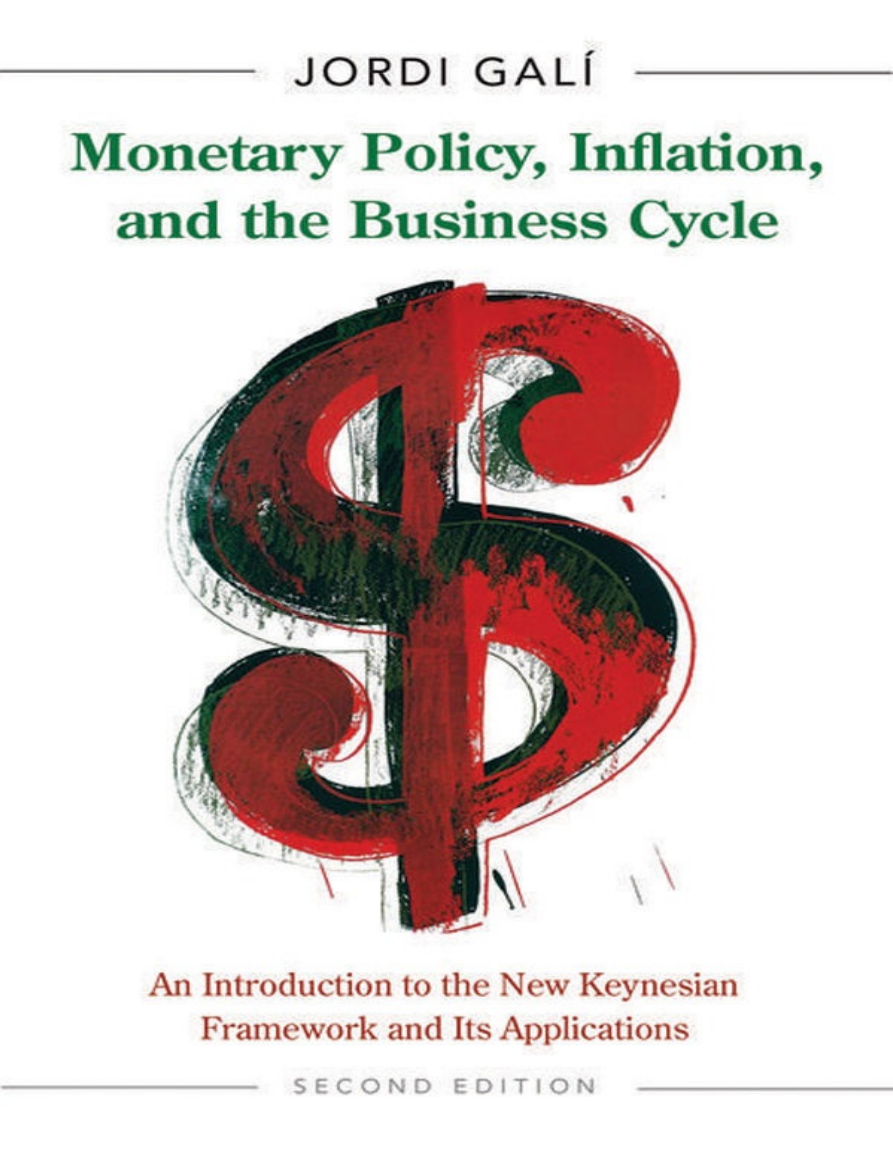
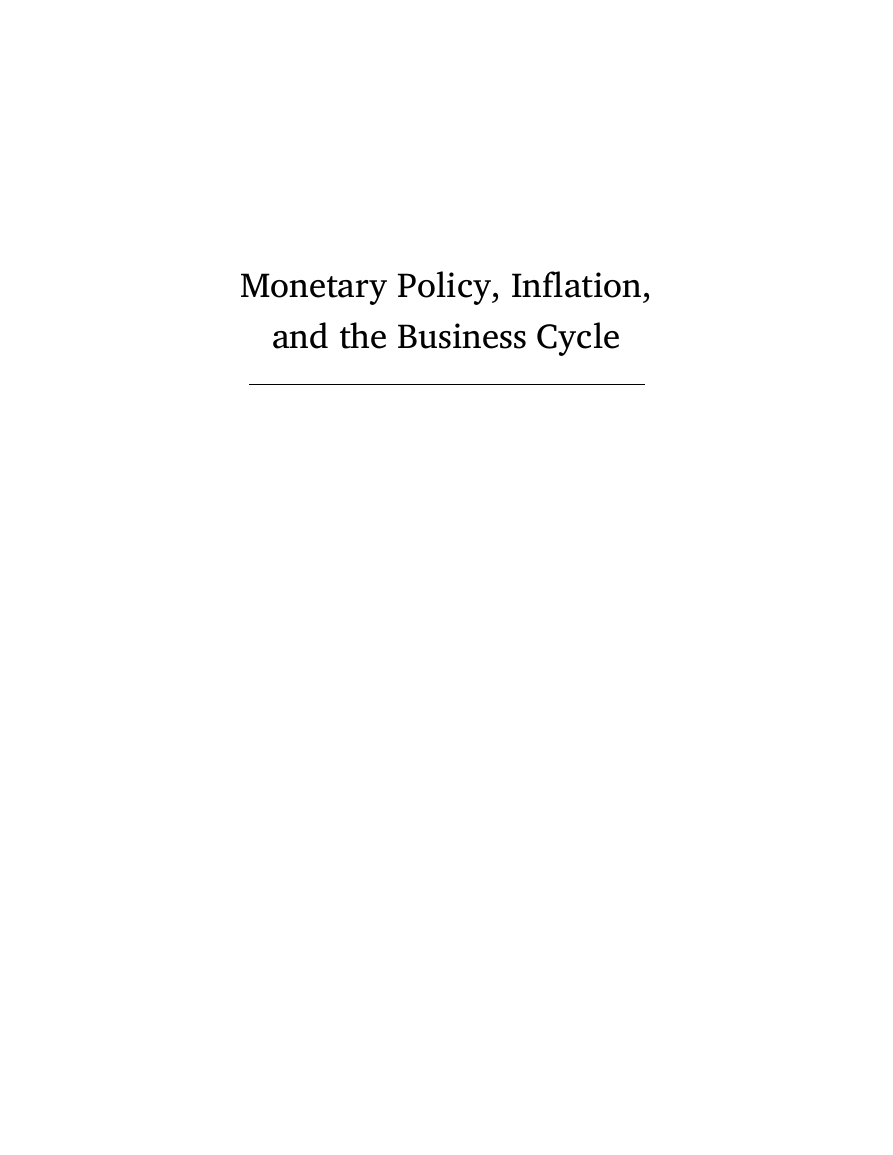
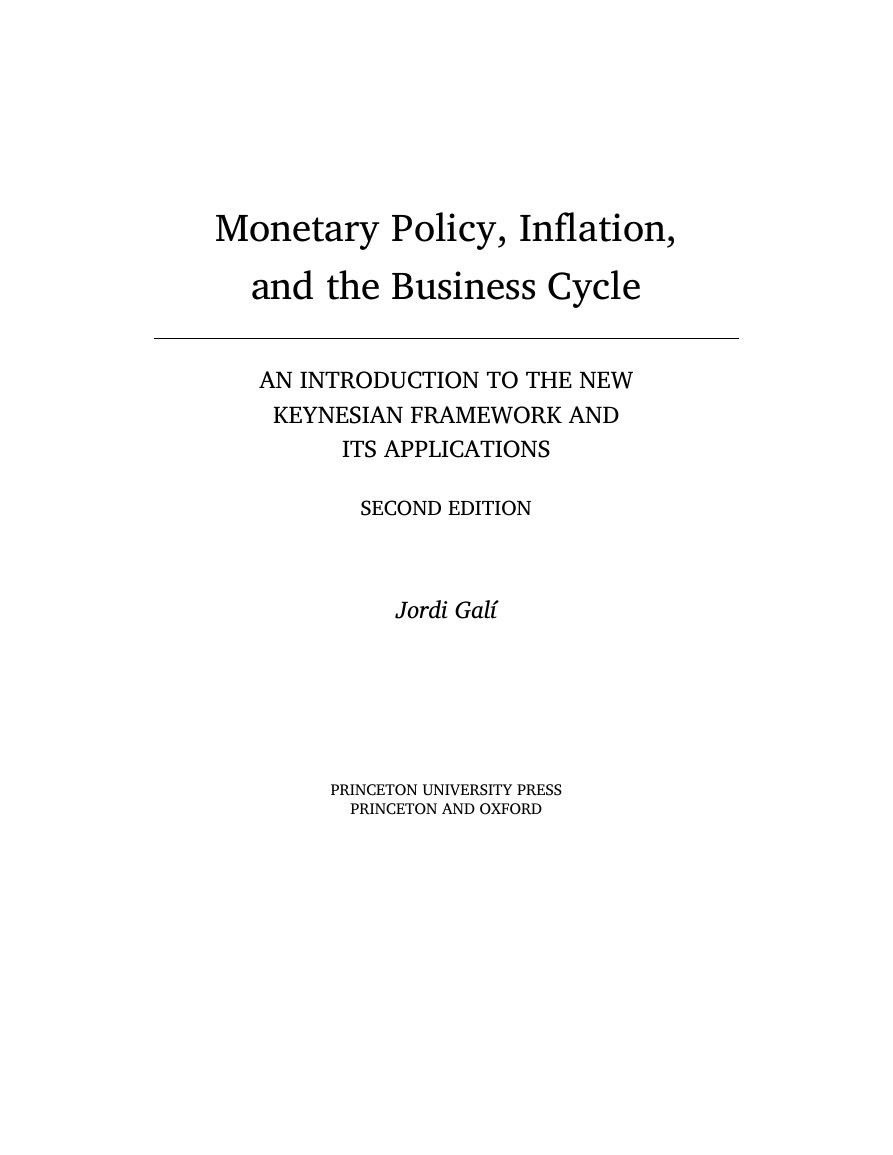

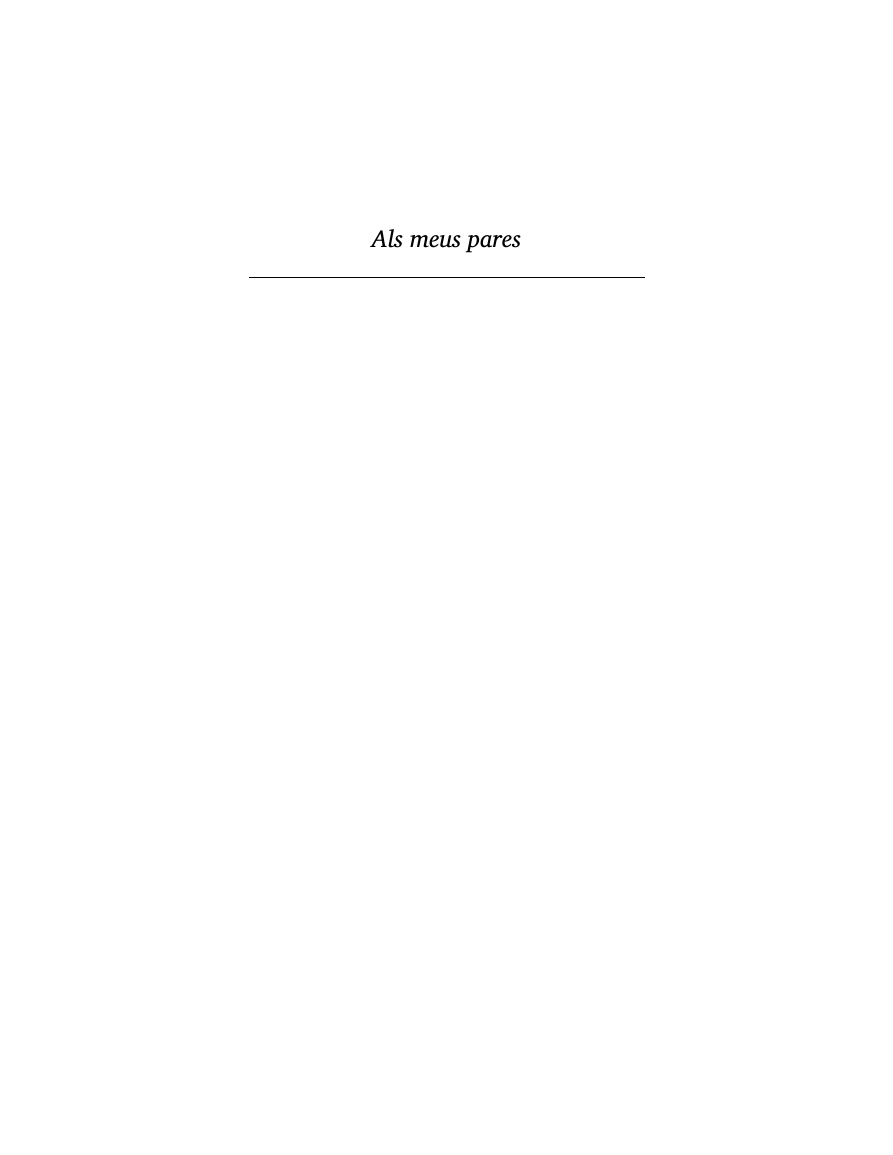
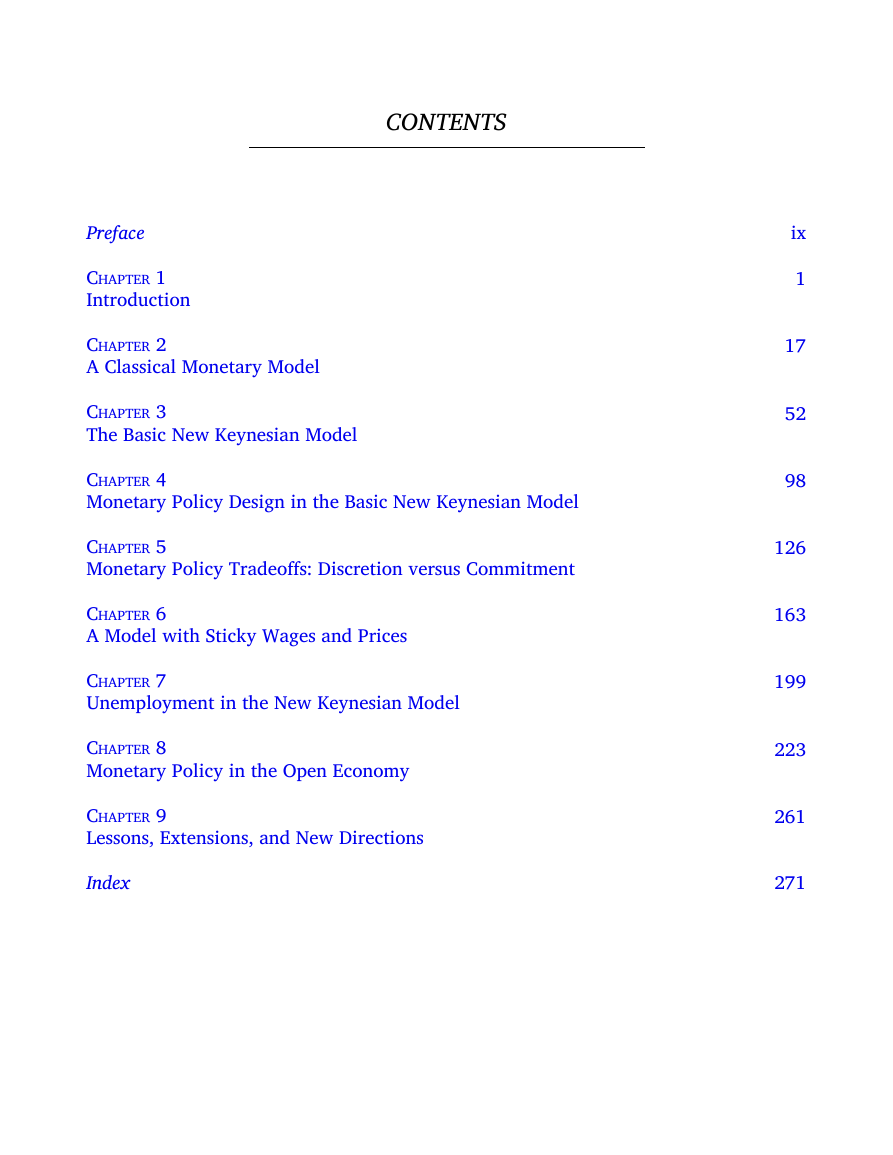
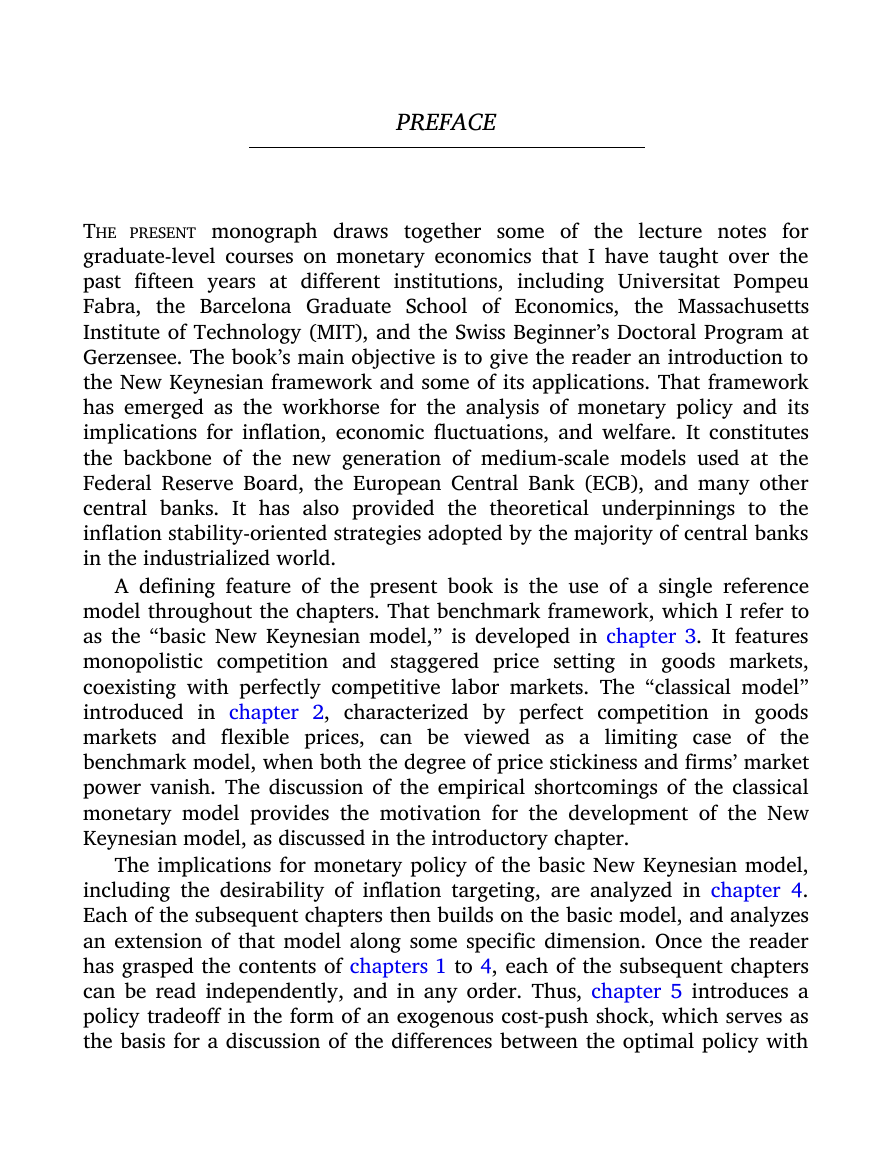









 2023年江西萍乡中考道德与法治真题及答案.doc
2023年江西萍乡中考道德与法治真题及答案.doc 2012年重庆南川中考生物真题及答案.doc
2012年重庆南川中考生物真题及答案.doc 2013年江西师范大学地理学综合及文艺理论基础考研真题.doc
2013年江西师范大学地理学综合及文艺理论基础考研真题.doc 2020年四川甘孜小升初语文真题及答案I卷.doc
2020年四川甘孜小升初语文真题及答案I卷.doc 2020年注册岩土工程师专业基础考试真题及答案.doc
2020年注册岩土工程师专业基础考试真题及答案.doc 2023-2024学年福建省厦门市九年级上学期数学月考试题及答案.doc
2023-2024学年福建省厦门市九年级上学期数学月考试题及答案.doc 2021-2022学年辽宁省沈阳市大东区九年级上学期语文期末试题及答案.doc
2021-2022学年辽宁省沈阳市大东区九年级上学期语文期末试题及答案.doc 2022-2023学年北京东城区初三第一学期物理期末试卷及答案.doc
2022-2023学年北京东城区初三第一学期物理期末试卷及答案.doc 2018上半年江西教师资格初中地理学科知识与教学能力真题及答案.doc
2018上半年江西教师资格初中地理学科知识与教学能力真题及答案.doc 2012年河北国家公务员申论考试真题及答案-省级.doc
2012年河北国家公务员申论考试真题及答案-省级.doc 2020-2021学年江苏省扬州市江都区邵樊片九年级上学期数学第一次质量检测试题及答案.doc
2020-2021学年江苏省扬州市江都区邵樊片九年级上学期数学第一次质量检测试题及答案.doc 2022下半年黑龙江教师资格证中学综合素质真题及答案.doc
2022下半年黑龙江教师资格证中学综合素质真题及答案.doc